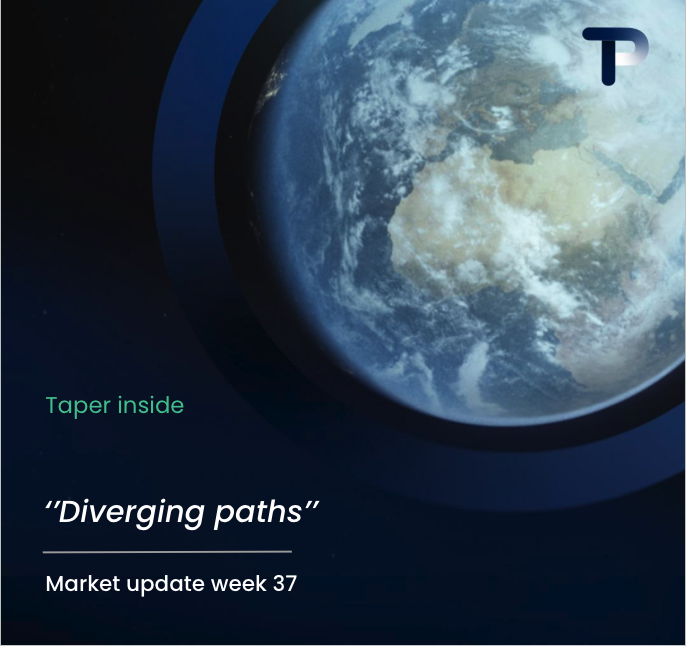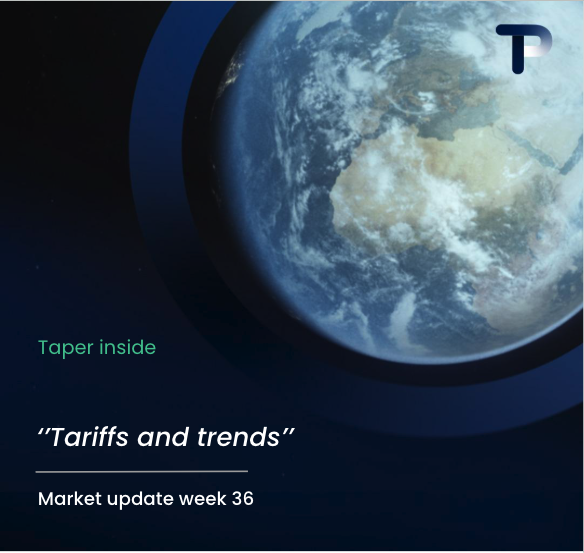Trade finance works by providing specialised financial instruments and services that bridge the gap between exporters and importers in international commerce. It offers working capital, payment guarantees, and risk mitigation through tools like letters of credit, documentary collections, and supply chain financing, enabling businesses to conduct cross-border transactions safely whilst managing cash flow challenges inherent in global trade.
Understanding Trade Finance for International Businesses
Trade finance serves as the financial backbone of international commerce, addressing the unique challenges that arise when businesses operate across borders. Unlike domestic transactions, international trade involves extended payment cycles, currency fluctuations, and regulatory complexities that require specialised financial solutions.
The fundamental purpose of trade finance is to bridge the trust and timing gaps between exporters and importers. When you’re selling goods to a buyer in another country, you need assurance that payment will be received, whilst the buyer wants confidence that goods will be delivered as promised. Trade finance solutions provide this mutual security through various financial instruments and guarantees.
For SMEs engaged in international business, these financing solutions become particularly valuable. Traditional banking relationships often fall short when dealing with multi-currency transactions, extended payment terms, and the working capital demands of global supply chains. Specialised trade finance providers understand these challenges and offer tailored solutions that support business growth whilst managing inherent risks.
The scope of trade finance extends beyond simple payment facilitation. It encompasses working capital management, currency risk mitigation, and supply chain optimisation, making it an integral part of any international business strategy.
What is Trade Finance and How Does it Support Global Commerce?
Trade finance encompasses the financial instruments, products, and services that facilitate international trade transactions. At its core, it provides the liquidity and risk management tools necessary for businesses to engage in cross-border commerce with confidence.
The primary mechanisms that make international trade possible include payment guarantees, credit facilities, and documentary procedures that ensure transaction security. These tools address the fundamental challenge of international trade: the need to balance risk and opportunity when dealing with unfamiliar markets and trading partners.
Working capital provision represents one of the most important functions of trade finance. International transactions often involve extended payment cycles, with goods shipped weeks or months before payment is received. Trade finance solutions provide the necessary funding to maintain operations during these periods, enabling businesses to fulfil orders without compromising their cash flow.
Risk mitigation forms another cornerstone of trade finance support. Political risks, currency fluctuations, and counterparty default risks are inherent in international trade. Through various insurance products and guarantee mechanisms, trade finance helps businesses navigate these uncertainties whilst pursuing global market opportunities.
How do Letters of Credit Work in International Trade Finance?
A letter of credit functions as a payment guarantee issued by a bank on behalf of the buyer, promising payment to the seller upon presentation of specified documents that prove goods have been shipped according to agreed terms.
The process begins when the importer applies to their bank for a letter of credit in favour of the exporter. The issuing bank then transmits this credit to a bank in the exporter’s country, which advises or confirms the credit to the beneficiary. Once the exporter ships the goods, they present the required documents to their bank, which examines them for compliance with the credit terms.
This system reduces risk for all parties involved. The exporter receives payment assurance from a reputable financial institution rather than relying solely on the buyer’s creditworthiness. The importer gains confidence that payment will only be made when proper documentation proves goods have been shipped as specified.
Letters of credit come in various forms, including sight credits (payable immediately upon document presentation) and usance credits (payable at a future date). The choice depends on the specific needs of the transaction and the relationship between trading partners.
The documentary nature of letters of credit provides an additional layer of security, as banks deal strictly with documents rather than goods themselves, ensuring that all parties adhere to the agreed terms and conditions.
What are the Different Types of Trade Finance Solutions Available?
The trade finance landscape offers numerous solutions tailored to different business scenarios and risk profiles. Understanding these options helps businesses select the most appropriate tools for their specific requirements.
| Solution Type | Best Used For | Key Benefits |
|---|---|---|
| Documentary Collections | Established trading relationships | Lower cost than letters of credit, simplified process |
| Trade Credit Insurance | Open account trading | Protection against buyer default, competitive advantage |
| Invoice Factoring | Immediate cash flow needs | Quick access to working capital, outsourced collections |
| Supply Chain Finance | Extended supplier networks | Optimised working capital across the supply chain |
| Bank Guarantees | Performance assurance | Contract security, bid bonds, advance payment protection |
Documentary collections offer a middle ground between open account trading and letters of credit, providing some security whilst maintaining cost efficiency. This method involves banks handling document exchange without providing payment guarantees.
Trade credit insurance protects against buyer default, enabling businesses to offer competitive payment terms whilst maintaining security. This solution particularly benefits companies looking to expand into new markets or work with unfamiliar customers.
Supply chain finance solutions address the broader ecosystem of international trade, providing financing options that benefit both buyers and suppliers through improved payment terms and working capital optimisation.
Key Takeaways for Implementing Trade Finance in Your Business
Successfully implementing trade finance requires careful consideration of your business model, trading relationships, and growth objectives. The right approach depends on factors including transaction volumes, geographic markets, and risk tolerance.
When choosing trade finance solutions, evaluate the total cost of each option, including fees, interest rates, and opportunity costs. While letters of credit provide maximum security, they may be unnecessarily expensive for established trading relationships where documentary collections or trade credit insurance might suffice.
Working with experienced financial partners proves invaluable in navigating the complexities of international trade finance. Look for providers who understand your industry, offer multi-currency capabilities, and provide personalised service rather than one-size-fits-all solutions.
Risk management should form the foundation of your trade finance strategy. This includes assessing counterparty risks, currency exposure, and political risks in your target markets. Diversifying your approach across different instruments and markets helps mitigate concentration risks.
Cash flow planning becomes particularly important when utilising trade finance facilities. Understanding the timing of payments, document requirements, and potential delays helps maintain smooth operations whilst maximising the benefits of these financial tools.
Regular review of your trade finance arrangements ensures they continue to meet your evolving business needs. As your company grows and enters new markets, your financing requirements will change, necessitating adjustments to your trade finance strategy.
For businesses seeking comprehensive international payments solutions, we at Taper provide the expertise and tools necessary to navigate the complexities of global trade finance, enabling you to focus on growing your business whilst we handle the financial intricacies.
Frequently Asked Questions
How much does trade finance typically cost, and what factors affect pricing?
Trade finance costs vary significantly based on the instrument used, transaction size, and risk profile. Letters of credit typically cost 0.1-2% of the transaction value plus bank fees, while documentary collections are usually cheaper at 0.05-0.5%. Factors affecting pricing include your company's creditworthiness, the buyer's country risk rating, transaction frequency, and the complexity of documentation requirements.
What documents do I need to prepare when applying for trade finance facilities?
Essential documents include your company's financial statements (typically 2-3 years), trade references, bank statements, and details of your trading history. You'll also need specific transaction documents such as commercial invoices, bills of lading, packing lists, and certificates of origin. Having these documents well-organised and readily available significantly speeds up the application process.
Can small businesses access trade finance, or is it only for large corporations?
Small and medium enterprises can absolutely access trade finance, though the approach may differ from large corporations. Many banks offer SME-focused trade finance programmes with lower minimum transaction amounts and simplified documentation. Alternative providers and fintech companies also offer more accessible solutions, including online platforms that cater specifically to smaller businesses entering international markets.
What happens if documents are rejected under a letter of credit?
Document discrepancies are common and don't necessarily mean payment failure. Your bank will contact you to explain the discrepancies, and you can often correct minor issues by providing amended documents or additional information. If discrepancies cannot be resolved, the letter of credit may be presented on a collection basis, meaning the buyer can choose whether to accept the documents despite discrepancies.
How long does it typically take to set up trade finance facilities?
Initial facility setup usually takes 2-6 weeks, depending on your bank's requirements and the complexity of your needs. Once facilities are in place, individual transactions can be processed much faster - letters of credit can often be issued within 1-2 business days, while documentary collections typically take 24-48 hours. Building relationships with your trade finance provider beforehand significantly reduces processing times.
Should I use the same trade finance solution for all my international transactions?
No, different transactions often require different solutions based on factors like buyer relationship, country risk, and transaction value. Use letters of credit for new or high-risk buyers, documentary collections for established relationships, and open account with trade credit insurance for trusted partners. A diversified approach optimises both cost and risk management across your international trade portfolio.
What are the most common mistakes businesses make when starting with trade finance?
Common mistakes include choosing overly complex solutions for simple transactions, inadequate document preparation leading to delays and additional costs, and failing to understand the total cost structure including hidden fees. Many businesses also neglect to establish banking relationships before needing urgent financing, or fail to train their staff on proper documentation requirements, leading to costly errors and delays.
Hi there! 👋 I see you're reading about multi-currency IBAN accounts for supply chain payments. Smart choice - these accounts can save businesses 2-4% on every international transaction!
What best describes your current situation with international supplier payments?
Which of these challenges are you currently facing with international payments? (Select all that apply)
What's driving your interest in multi-currency payment solutions? Tell us about your business goals or challenges.
Great! To help us understand your specific needs better, could you share more details about your international payment volume or any particular requirements?
Perfect! Let's connect you with one of our international payments specialists who can show you exactly how Taper's multi-currency IBAN accounts can save you money and streamline your supply chain payments.



